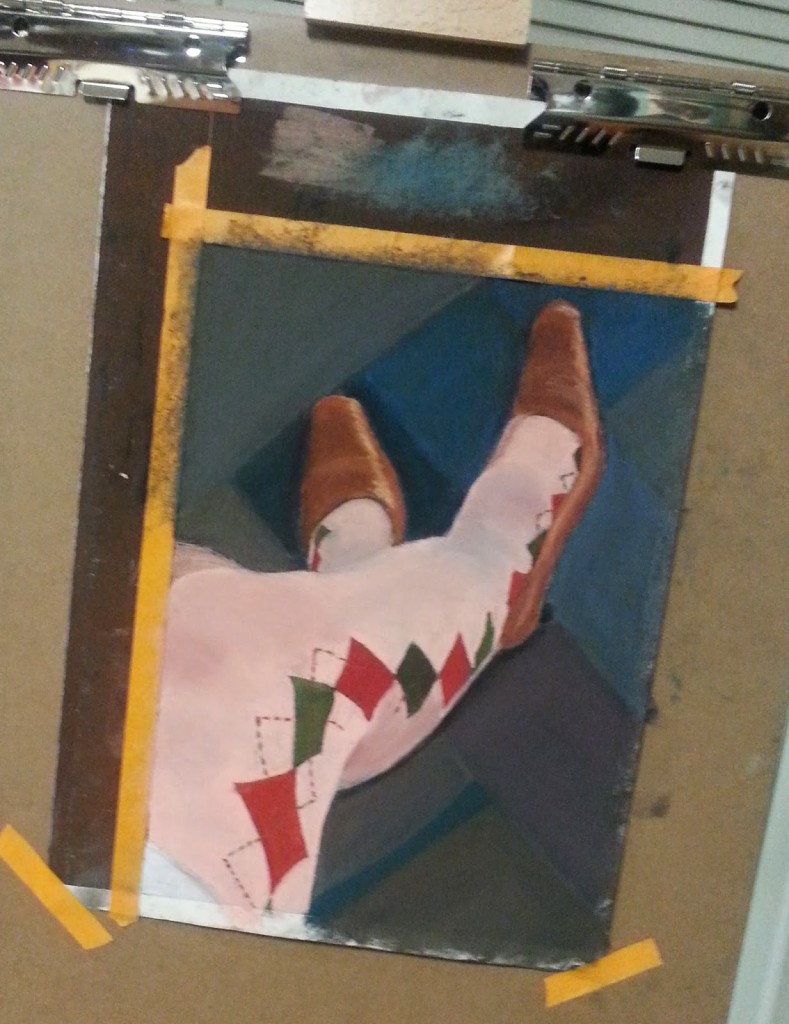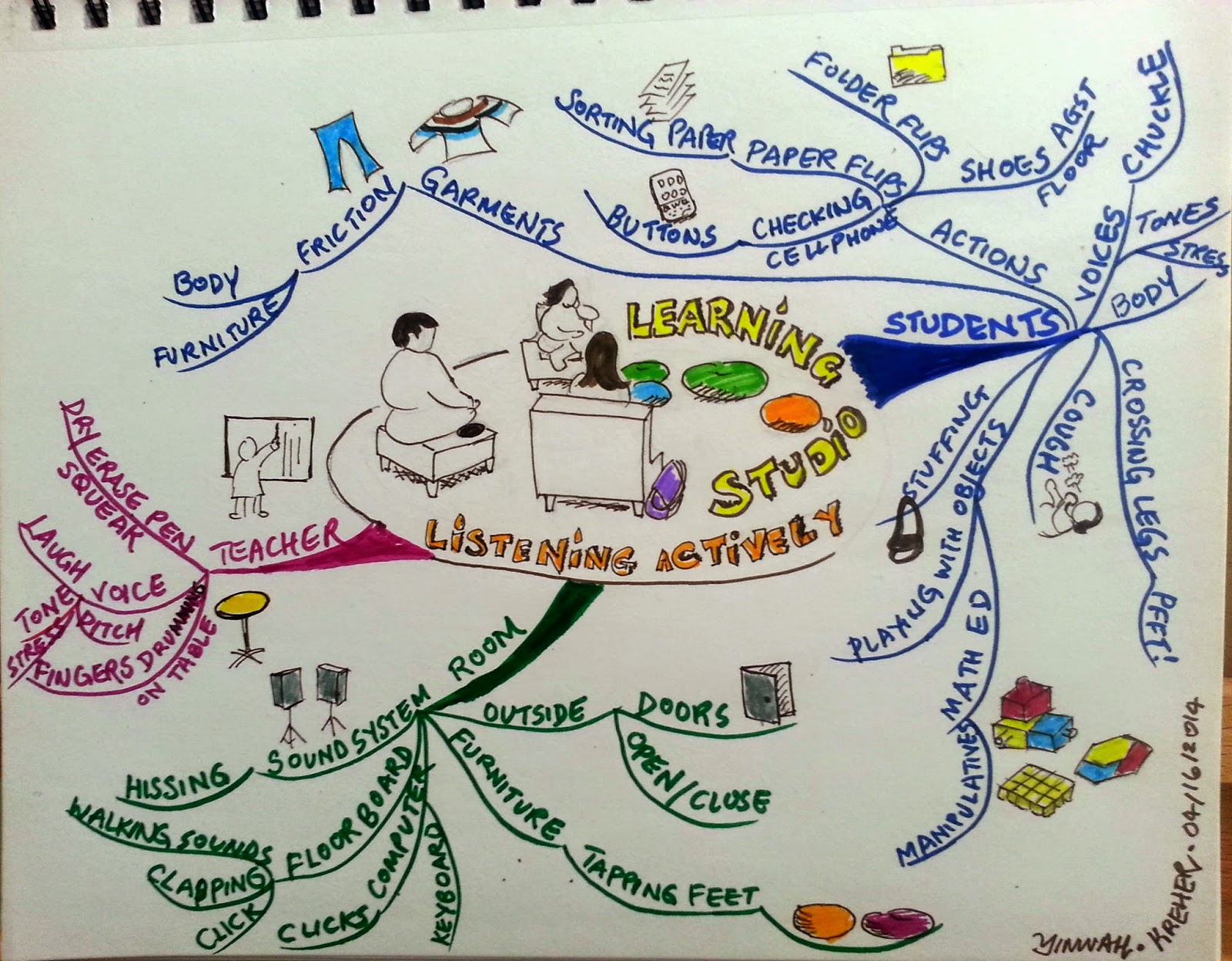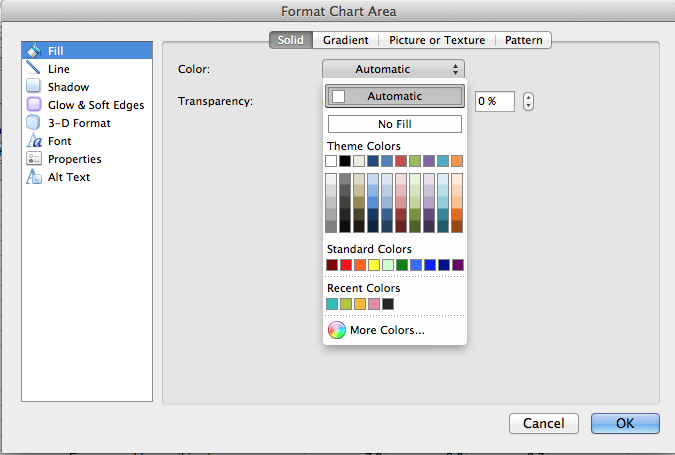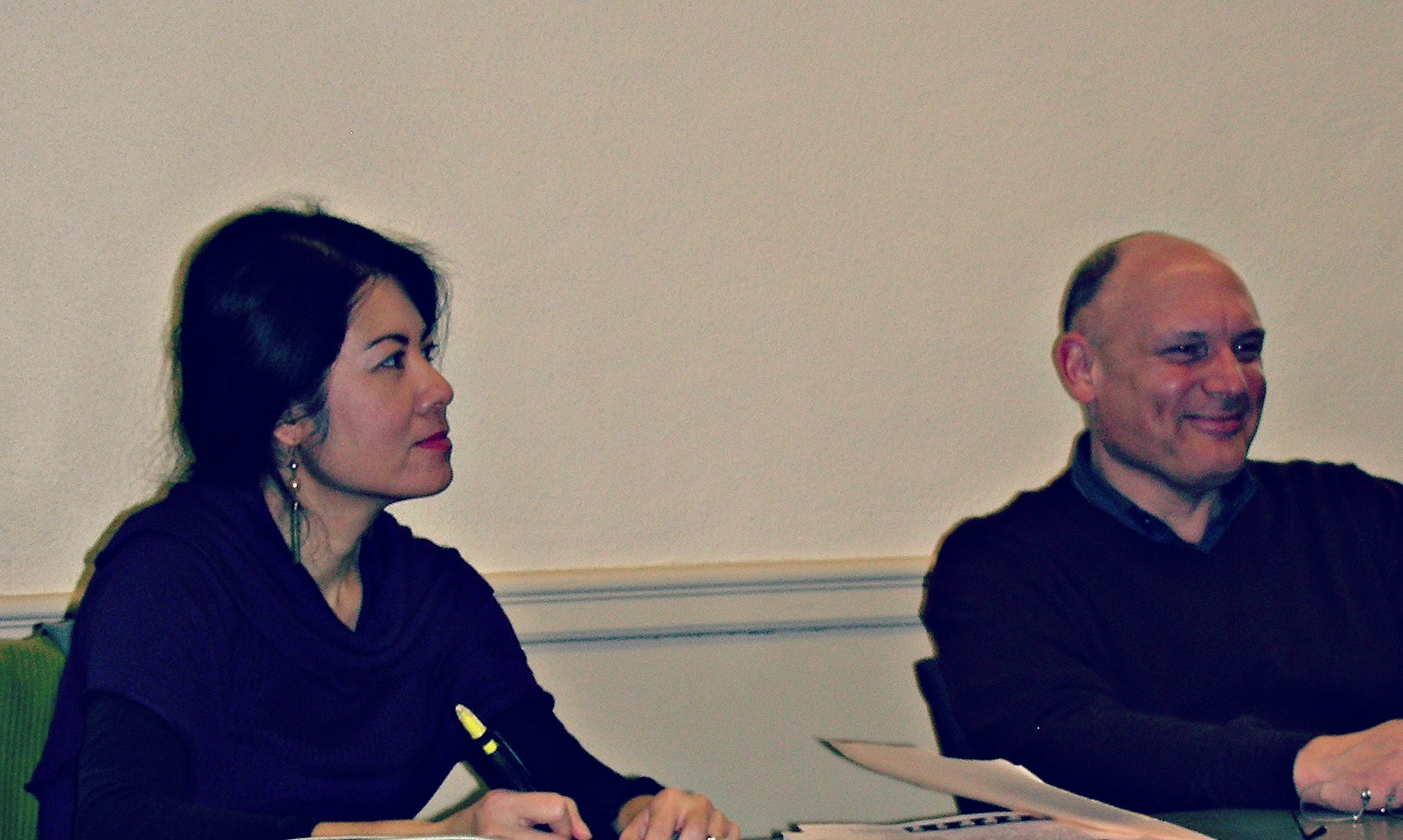Mythbusting Instructional Design
So tell me what you want, what you really really want
So tell me what you want, what you really really want,
I wanna, I wanna, I wanna really really really wanna bust out something dat been buggin’ me.- Adapted from Wannabe, Spice Girls

Yo, would love to write a rap song but IMA just a wannabe. I don’t claim to be a rap artist. As my blog theme suggests, one of my interests is to better understand the mind so as to better design learner-centered instruction. I’d love to be a cognitive scientist but I wouldn’t call myself one. Yes, I’ve been schooled in ed psych and learning theories in my formal education as an instructional designer (ID).Myth #1: I’m an instructional designer just like you!
When it comes to calling oneself an instructional designer, I notice there seems to be no shortage of people in social e-media that identify themselves as that professionally. Technical writers, programmers, media specialists, e-learning developers … are just some of the labels attached to IDs. Not so many people would call themselves cognitive scientists. Why the disparity I wonder? Of course, if even folks in my field argue over the nomenclature, I can’t blame others for perpetuating the confusion. And many people think ID is not rocket science. My response? “It depends on the quality of ID work you want accomplished.”
It appears that the goal of performing the tasks of instructional design is easily attainable. Teachers and trainers have to do that as part of their job, whether schooled in the discipline or not. Truly, there are many paths to becoming an instructional designer; one does not always need to be formally educated in any professional school. Talent, hard work and opportunities to hone one’s skills can nurture a gifted and highly skilled instructional designer. There’s no snobbery towards those who take the unschooled path. I welcome colleagues who take different trajectories to the field.
However, as in any profession, there are gatekeepers of the field and professional competencies that my colleagues and I share. Lawyers have to pass the bar, physicians have to be certified by boards, teachers need to be certified to teach in Singapore and some US states (?) — to maintain some quality standards. In the profession of ID, instructional designer competencies are established by the International Board of Standards for Training, Performance and Instruction. In graduate ID school training, coursework and practicum lead us to a final comprehensive exam and portfolio that are assessed against IBSTPI standards.
So what exactly does an instructional designer do? 1. Check the IBSTPI competencies. 2. Instructional designers solve learning problems, although the solutions are not always instructional in nature. Training is not always the answer. Human Performance Improvement (HPI) is the ID-related field that deals with human performance in organizations. Check out ISPI.
In short, I consider myself a learning advocate and I solve learning problems. My goal is to help optimize learning conditions to facilitate learning.
Myth #2: Instructional design precludes learning design.
One of the grossest bits of misinformation out in Twitterverse and the web about the ID field is that instructional design does not focus on learning design. It’s all about instruction.
If your understanding about IDs come from reading or creating job ads, I want to dash your misperceptions by stating that many job ads are written by department managers to fill vacancies for employees with certain required skills for their department needs. These job ads are thus not aligned with ID definitions or competencies listed by the gatekeepers of the discipline. If you think an instructional designer is someone who codes standards-compliant HTML, XHTML and JavaScript, understand agile software development, have SCORM/AICC expertise, methinks you are NOT looking for an instructional designer. Nor understand the term as defined by those in the field or discipline.
There is what in the field we call small id and BIG ID. Design can be about design alone or what we call instructional systems design. ID is evolving like any discipline. An ID who strictly does id and no production/IDev work (say prototyping) is not quite common in these elearning times because of confusion over the terminology.
Myth #3: Instructional designers are so prescriptive.
If you have this perception, I’m not sure who you’ve been interacting with? In ID schools, we study learning and instructional theories/philosophies just like any professional would study theories/statutes in their field. We learn heuristics and organizing schemes. They guide me conceptually. In practice, I don’t spout theories with my client. I make connections. I synthesize. I customize a learning solution for my client. That is the joy of my profession. Good ID starts with strong conceptual design grounded in how people learn and the realities of the context. And, if you insists you already have a grasp of learning psychology through real life — “Bravo! You are gifted!” Or by reading Bransford et. al’s book alone – “More depth please?”
I recommend you read Gordon Rowland’s (1992) article, What do instructional designers actually do? to obtain an awareness of how IDs at the expert level function. No, I don’t start with say, an ADDIE model or whatever scheme you think I use to craft a learning solution. Linearity in any theoretical model/framework is scoffed at, BTW. ID is a creative iterative process. Design is intuitive to me. I have internalized all the ID and learning theories/models I have learned over the years in my head. Novice IDs, with no disrespect intended at all, learn heuristics so that they can gain a headstart in the profession.
As a certified and credentialed ID, I have tools I have learned in formal ID school and along the way. They are part of my toolkit, developed through the long arduous process I’ve gone through in graduate ID school. I have no attachment to any particular tool. Being certified in that tool does not mean I endorse a tool. I use tools as they best serve the learning purpose. If I do have any affinity, it is towards human beings and their life worlds. I admire a few learning scientists. I love their ideas and how they inspire me to be a better designer. That is why I go to conferences. To interact with humble emerging and great scholars and practitioners and learn from them. I have a high learning rate and ID changes rapidly in the field of e-learning.
Again, the field is evolving. We are now considered, arguably, a sub-discipline of learning science and so at the conceptual level, I’m a learning scientist. I learned to do research about learning. I know this will start another debate among detractors. That will be fodder for another blogpost which I’m not sure I will get into.
P. S. There is ID and there is heterogeneity among IDs. I happen to be an ID who likes to draw, write, think, speak multiple languages and synthesize all my skills and experiences to create products and excellent work for passion-driven learning. I’m happy to start a respectful conversation if you want to know more. Let’s not create walls between disciplines.
Reference:
Rowland, G. (1992). What do instructional designers actually do? An initial investigation of expert practice. Performance Improvement Quarterly, 5(2), 65-86.





One Comment
Pingback: